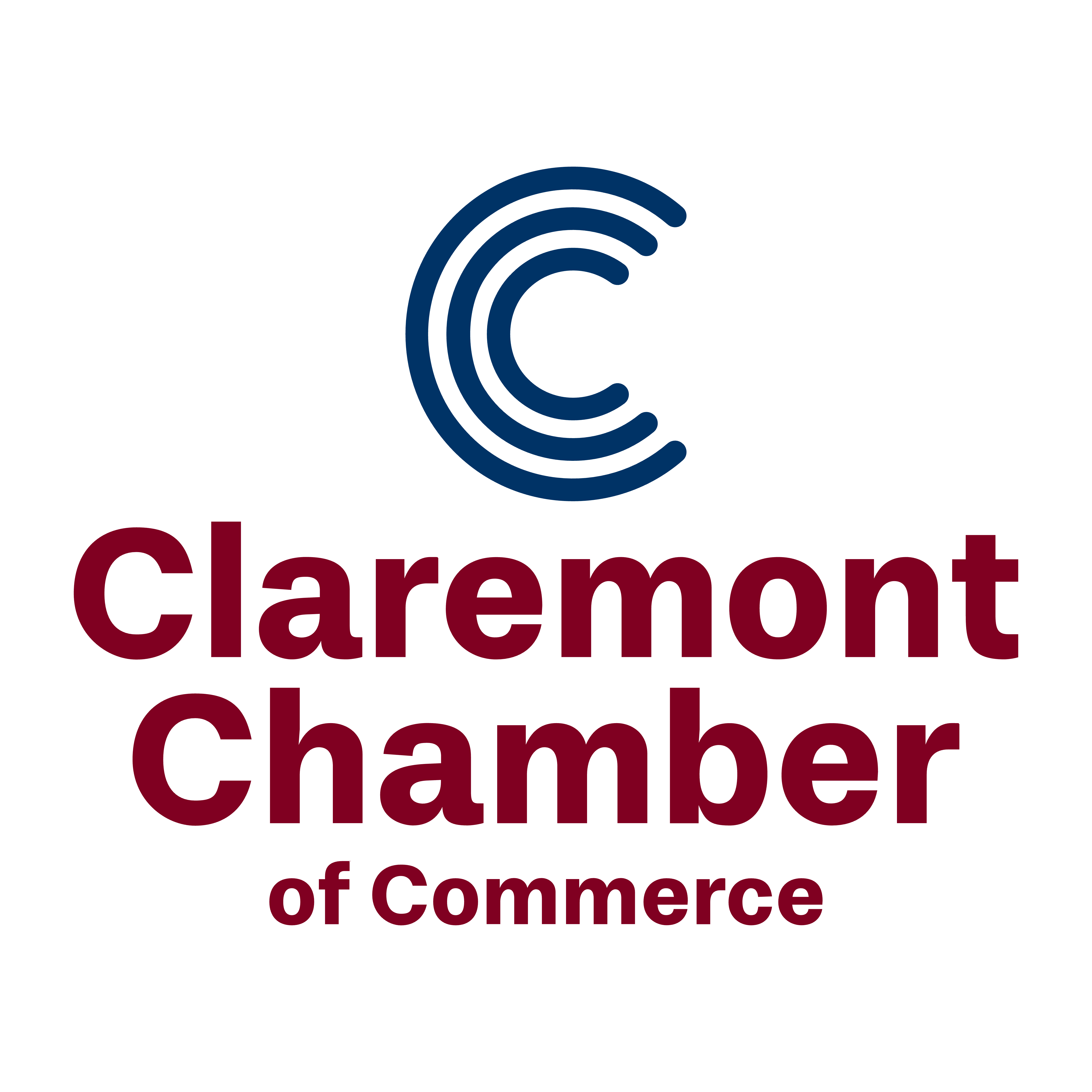Discover How to Ensure Seamless Business Successions
Guiding a business through uncertain times requires decisions that can shape its future for years. Managing succession and planning for an exit are critical moments in this journey. Ensuring the company’s legacy means combining foresight with careful preparation and an ability to recognize opportunity. It’s about crafting a strategy that can endure. The right approach secures the business’s resilience across generations.
Building Bridges with Effective Communication Plans
Navigating a business transition can feel overwhelming, but a strong communication strategy is key to success. Keeping stakeholders informed throughout the process builds trust and prevents misunderstandings. Addressing concerns early helps maintain a sense of inclusion and minimizes resistance. Consistently using different communication channels ensures everyone stays up to date with clear, honest information. This approach allows you to tackle challenges head-on and strengthens relationships along the way.
Updating Operating Agreements for Uninterrupted Ownership
Revising your operating agreement is crucial for planning business succession and exit strategies, ensuring a smooth transition of ownership without disrupting operations. By proactively addressing how ownership changes will occur, you minimize potential conflicts and streamline decision-making processes when an owner retires or leaves unexpectedly. Using a formation service, such as ZenBusiness, to draft your operating agreement ensures all legal requirements are met efficiently and effectively.
Launching Your Exit Plan Early for Lasting Success
Thinking about your business's future from the start is crucial. Planning an exit strategy early helps guide every decision with long-term goals in mind. This kind of foresight strengthens your business's growth and stability, setting it up to thrive without constant oversight. It also makes the business more attractive to investors who value clear direction and readiness. Preparing for challenges ahead of time helps reduce disruptions.
Evaluating Future Earnings to Boost Business Valuation
When evaluating the value of your business for potential buyers or successors, future earnings are a critical factor. Historical financial performance gives some insight, but buyers focus on whether the business can sustain cash flow without you. Accurate forecasting of future profits becomes key in these discussions. Buyers want to see if the business can maintain or grow its revenue after you step away. Unrealistic projections can damage credibility and scare off potential buyers during the review process.
Cultivating In-House Leaders for Future Continuity
Maintaining leadership continuity starts with cultivating talent within the organization. Regular assessments of employee skills can reveal who might be ready to step into future leadership roles. This approach creates a more engaged workforce and reduces the need for outside hires. Investing in employee development strengthens the leadership pipeline, supporting growth at all levels. A culture that encourages learning and adaptability ensures leadership aligns with the changing needs of the organization.
Utilizing Trusts for Tax-Savvy Business Transitions
Estate planning tools like trusts can significantly ease tax burdens during business transitions. Trusts offer a strategic way to manage assets, potentially reducing estate taxes from the standard 40% rate, as noted by Covenant Wealth Advisors. These frameworks work by transferring assets into a trust, keeping them out of your taxable estate. With federal income tax rates for trusts ranging from 10% to 37% under the Tax Cuts and Jobs Act, strategic use of these vehicles can impact your tax liabilities. Understanding the complex taxation of different trust types ensures you make informed decisions.
Navigating Family Legacy in Business Succession
Family-run businesses come with their own set of challenges, especially when it comes to succession. Emotional factors, such as attachment to the company and sibling rivalries, can complicate decision-making and hinder honest conversations about future ownership and leadership roles. Despite over 80% of global businesses being family-operated, less than 15% successfully transition beyond the second generation. This highlights the need for a solid succession plan. Engaging a legal expert can help navigate these sensitive discussions, facilitating a more structured and less emotional transition.
Every transition marks a new beginning, underscoring the importance of a well-structured exit and succession strategy. Embracing these methodologies is more than a protective measure; it’s the key to unlocking future growth and sustaining your business legacy. As you prepare for this inevitable yet rewarding journey, consider each step as an investment in the future resilience of your enterprise. With foresight and careful planning, you not only navigate change but also embrace the endless possibilities it unveils.
Open doors to fresh opportunities and take your business to new heights—connect with the Claremont Chamber of Commerce today!
